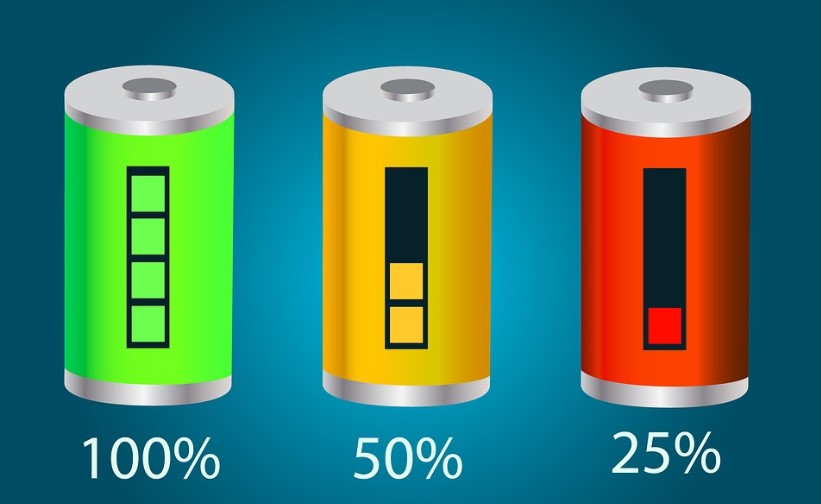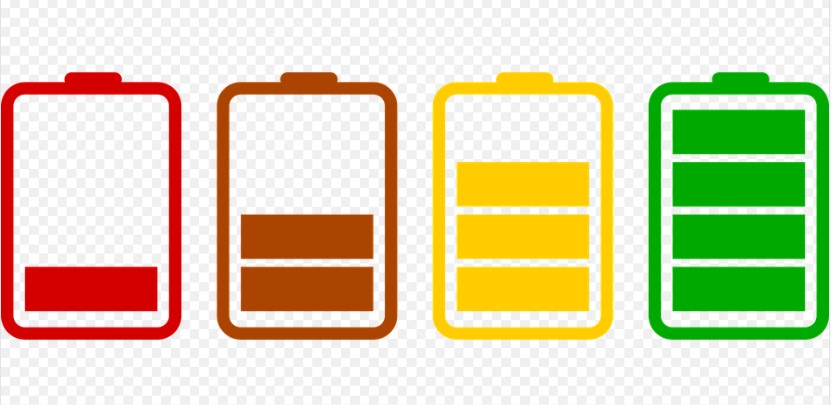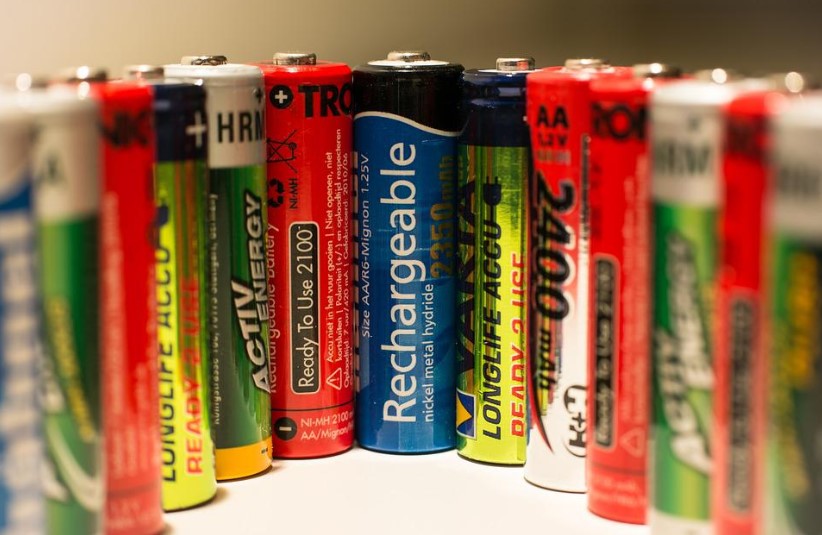
The letters “Ah” or “AH” (“amp-hour” or “ampere-hour”) that you see on your battery basically indicate the charging capacity. The number along with the letters will tell you that the battery will continuously supply your tool with the amount of total current within one hour.
For example, a 2.0ah battery draws 2 amps of power and you need to recharge it after 60 minutes of continuous use (in ideal conditions).
Amp hour (Ah) is a unit of measurement that has nothing to do with energy and is a completely different unit from Amp (Ampere).Besides, Amps are used to describe amp hours, but they are different units of measurement.
Therefore, the power charge on a battery that allows for 1 ampere of current to flow for an hour is known as an amp hour, frequently abbreviated as Ah or amp hour. Another way to say this is that 1 Ah is a rating that indicates how much amperage a battery can provide for one hour. Furthermore, the unit is a useful metric for determining the capacity of a power storage device, such as a rechargeable battery or a deep-cycle battery.
Additionally, larger batteries are usually rated in ampere hours. However, for standard AA and AAA batteries and other small batteries used in devices such as personal vaporizers and notebook computers, the rating is given in milliampere hours (mAh).
Amp Hour is a rating to let customers know how much amperage a battery can deliver for exactly one hour. Used in small batteries such as personal vaporizers or standard AA sized batteries, the amp hour rating is usually given in milli-amp hours, or (mAh). For larger batteries, the rating is abbreviated as ah. Most deep cycle batteries will give you an ah rating at multiple C ratings. The C rating tells you how many amp hours the battery can provide for a given period of time.
For example, a battery at C / 5 can safely deliver 26.8 amp hours. This means that it delivers 26.8 amps in 5 hours without dropping off. Meanwhile, the same battery can safely deliver 36 amp hours for 100 hours. Depending on the amount of battery you want to use (daily vs. sporadic), you’ll want to compare amp hours for different C ratings.
However, if you are not sure which C rating to use, it is better to go with C / 20 as it is medium ground and will give you a general idea about the battery performance.
Amp hours describe a battery’s capable charge. Theoretically, we could draw 5 amps continuously for 60 minutes before draining our 5 amp hour battery. Now, it is under ideal conditions, perfect temperature, no vibration and consistent energy.
Moreover, We call it a competent charge because in the real world, you never meet those ideal conditions. Just think of the amp hour as a way to know if one battery holds more charge than another , you will be able to use your drill, round saw and jigsaw before the battery runs out.

Batteries play an important role in optimizing the performance of your power tools. Before choosing your power tool, consider these few aspects related to tool battery:
Capacity: What is the “ah” of the battery?
Although theoretically a 4Ah battery should double the time of a 2Ah battery, in reality there are some more mitigating factors that determine battery power or longevity. This includes the construction of the battery (NiCd or lithium-ion) and its voltage.
- Time required for charging: How long does it take for the battery to fully recharge?
- Portability: How easy is it to carry a battery from one job to another? What are the potential risks during transportation?
- Storage criteria: Is there a specific temperature or method by which you need to store batteries?
- Cycle Life: How many times can you recharge before replacing the battery?
General ah rating
Ampere hour rating period adopted for solar electric batteries, deep-cycle batteries and backup power systems – uninterrupted power supply – usually 20-hour rate. The rating indicates that the battery is discharged at 10.5 volts in 20 hours, while the total ampere hours supplied are measured.
Rechargeable lithium-ion batteries are rated at 3,200 mAh, which means they can discharge 3,200 milliamps (3.2 A) per hour. Starting batteries are usually rated for 10 hours as they are used fast ৷
For industrial batteries, a six-hour rate is often specified because it is the typical daily charge cycle. A 100-hour ampere-hour rate is specified for some batteries. It helps to calculate the battery capacity for long-term backup ampere hour requirements. 70 Ah is often the rating for car batteries.
Manufacturers set the ampere hour rating of lead-acid batteries – such as automatic batteries – by lowering the battery capacity to 0% over a period of time. The amperage that it takes to empty a battery during that time is the ampere hour rating.


